Ghost Hawk
Aug 10, 2020
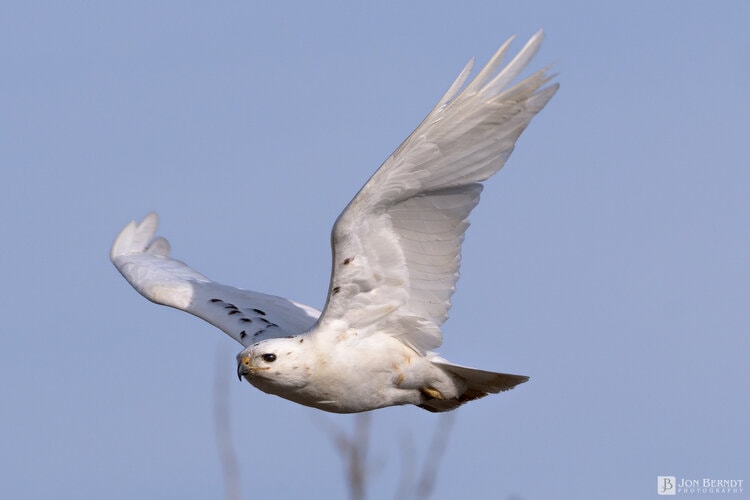
About 7 years ago I was driving locally and happened to see a large white bird flying over a nearby golf course. Initially, I thought it might be a dove, but I quickly realized it was far too big. That was the first glimpse I got of the leucistic red tailed hawk that has called the area home some say for as long as 20 years or more. I had hoped to get a glimpse of him again since that time, but didn’t see him again until recently. About 6 months ago a birding neighbor texted me about a sighting, and since that time I have been fortunate to have seen him often along with many others in the community. I wanted to share some of my favorite photographs of this beautiful hawk. There are varying thoughts on naming animals in the wild, but for the purposes of this article, I will refer to him as Caladrius.
Caladrius’ longevity was remarkable, considering he was hit by a golf ball in 2009. After being rehabilitated by the Birds of Prey Foundation in Broomfield he was released back into the area.
Given that he is a red tailed hawk that is white you might think he is an albino. But leucism and albinism are different:
Albinism is a condition in which there is an absence of melanin. Melanin is what is present in the skin and is what gives skin, feathers, hair and eyes their color. Vertebrates with albinism are not only white (or sometimes pale yellowish) in color but they also have very pale eyes, often pink or red in color as the blood vessels show through. Leucism is only a partial loss of pigmentation, which can make the animal have white or patchily colored skin, hair, or feathers. However, the pigment cells in the eyes are not affected by the condition.
(From Science Made Fun)
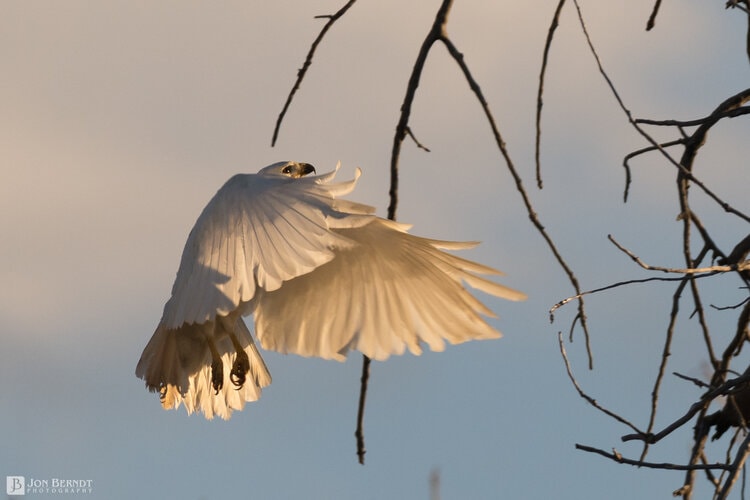

Solo in-flight photographs below:

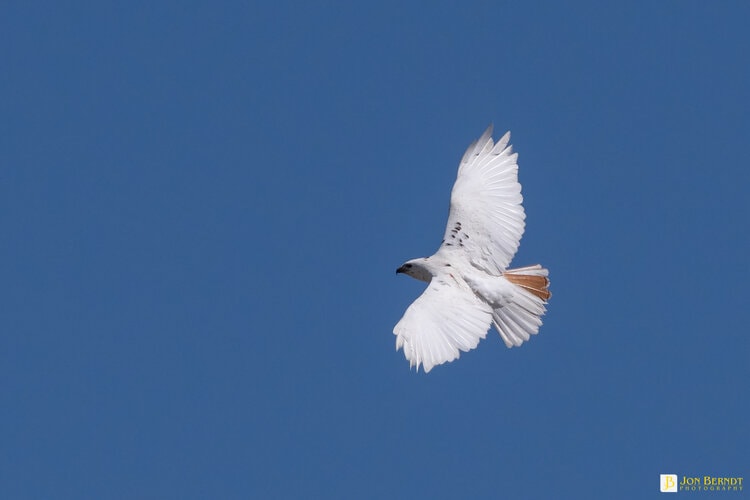


Caladrius had a mate this past spring and had been seen at a nest nearby where many of these photographs were taken. I was lucky to have seen the pair flying together and performing aerobatic rituals of some kind overhead.


The best approach to getting a photograph of Caladrius while perched was to keep one’s camera out of sight, avoid eye contact, and act casual. LoL.


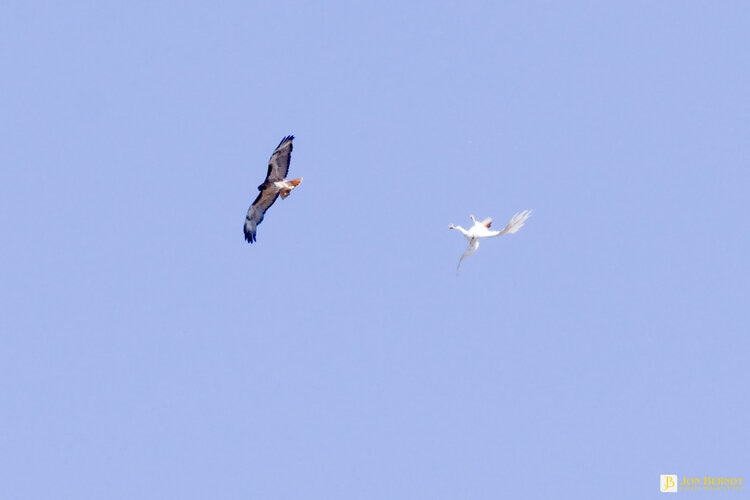
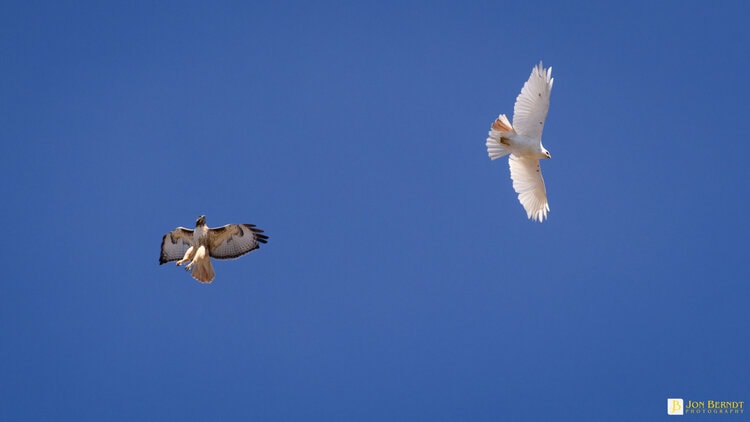
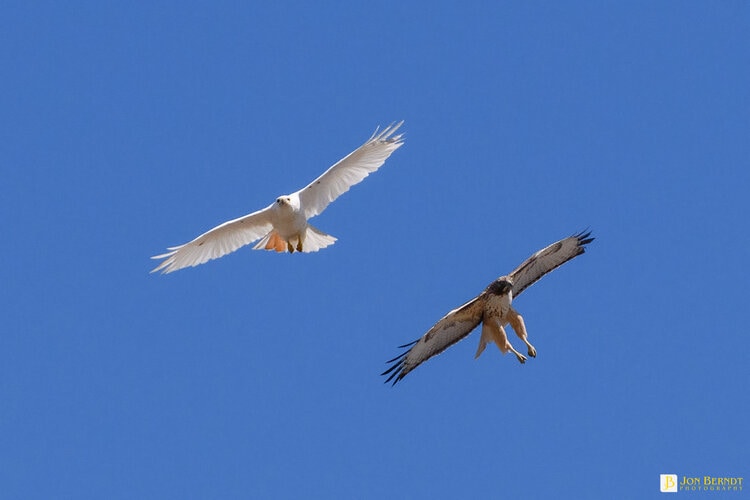


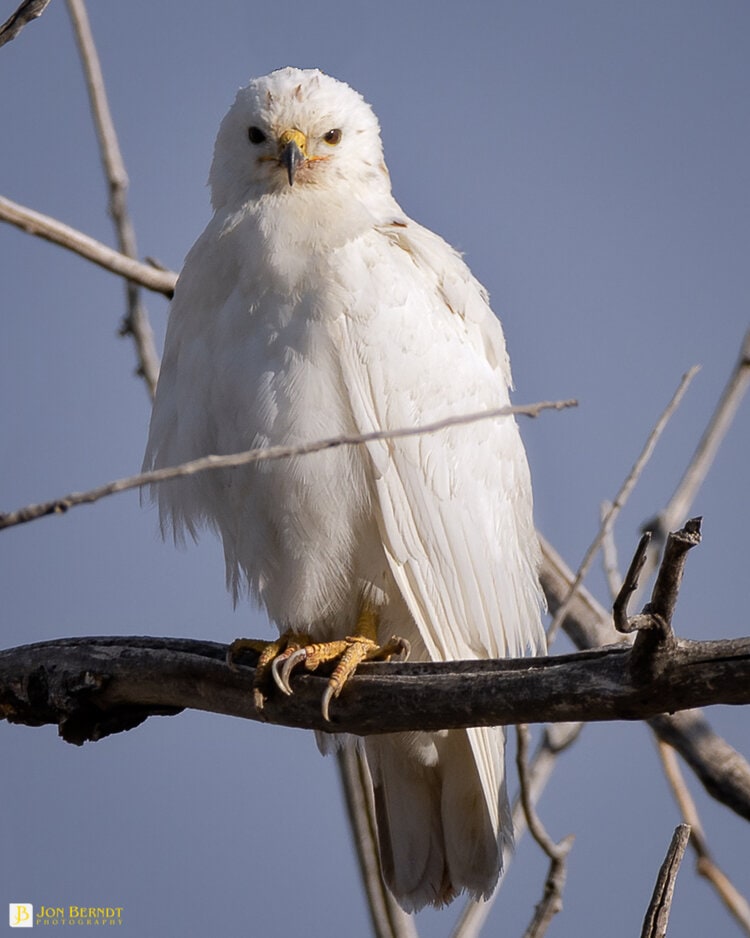
A couple of times I watched Caladrius circling high overhead, then pull his wings in and dive at high speed towards a perch atop a nearby telephone pole.
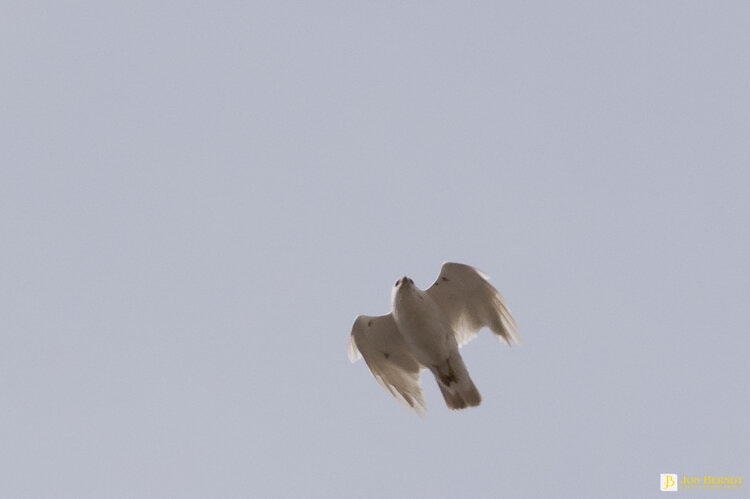
10 August 2020
This morning early I found what I believe to be Caladrius’ mate in the tree that I had previously photographed the pair in many times. Alongside “mother hawk” was a juvenile (see below). I could not help but wonder if this was Caladrius’ offspring.

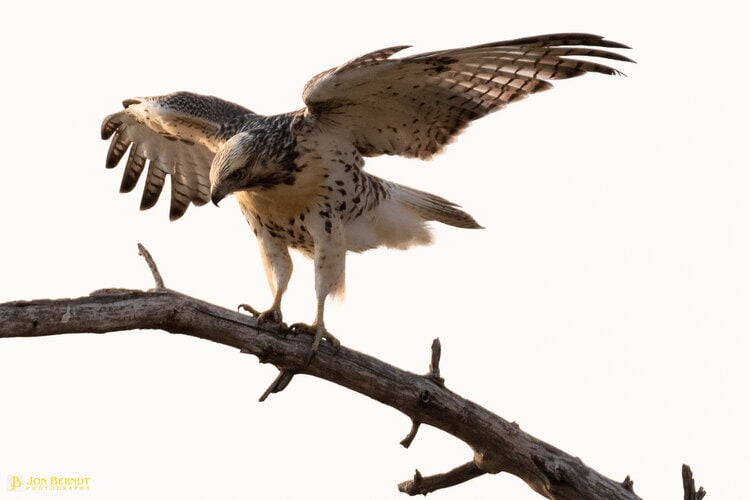
Caladrius lived a pretty full life, and I’m sure that many of the red tailed hawks in the area are descendants of his. Some of my kids were excited to see him fly over and near the house several times. His presence in the area and any sightings were a treat, and it just won’t be quite the same around here without this rare bird.






